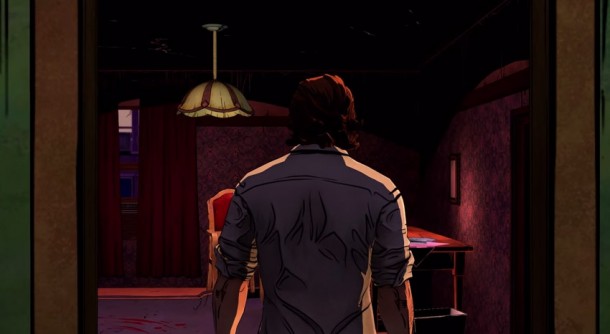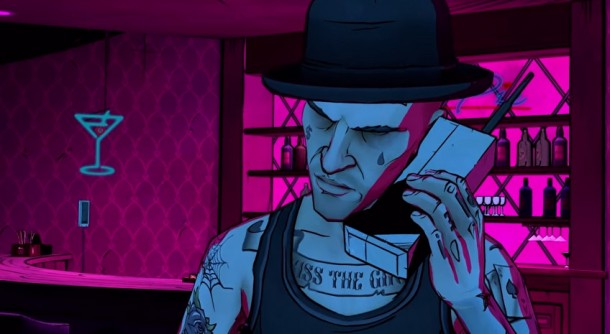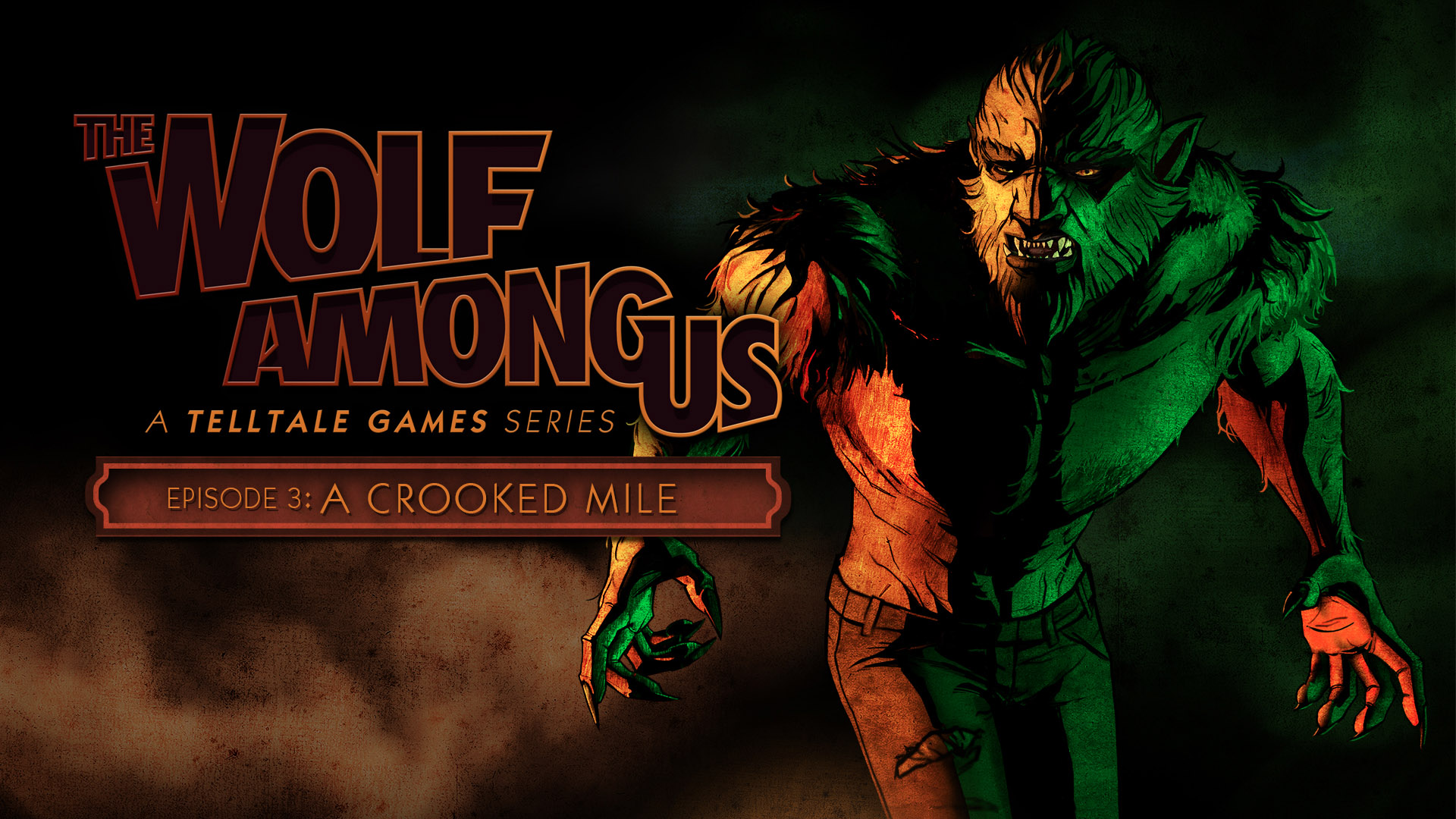The middle chapter of Telltale Games’ The Wolf Among Us may turn out to be the most important. It’s the first since the game’s premiere to release in something like a timely manner, and it follows up the rising action of the second episode’s cliffhanger.
The scope of the story is finally becoming clear, and it’s much larger than the previous installments implied. We’re finally introduced to what will likely be the major players of the climax and conclusion to come, and our protagonist shows his signature form in what’s easily the most tense and energetic scene yet.

That’s actually a great description of the episode as a whole — tense and energetic. The developers have found a balance of tease-and-release the feels standalone without overtly relying on the cliffhangers pushed-off potential. That’s not to say those elements are gone altogether. There’s definitely a sense that we haven’t seen everything yet – and that’s a good thing. Now, however, the stage is set and every action the player takes has meaning in a greater context.
Perhaps that’s why everything feels so dangerous. Each scene you investigate — I think we can admit that this is a private investigation game, now: a more serious Tex Murphy with none of the puzzles that era of adventures needed to justify themselves as “games” — comes with the possibility of missing what could be valuable clues or context. This is the first Telltale game I’ve actually considered going back and playing twice, forsaking my “main” playthrough’s canon for more details.
Because you can miss so much, what you find is so much more valuable. Tension ensues, and the bloody conflict at the chapter’s end feels justified. Bigby, a not-all-together hero, is just as fed up with feeling behind the curve as you are. The difference is that he understands the rules of his world and we (and perhaps this is different for readers of the comic) don’t.

I don’t know what it means to be in debt with The Crooked Man, or where Bluebeard made his fortune, but neither sounds pleasant. By being artificially in the dark about the situation, I tasted a bit of Bigby’s frustration with the constant runaround he’s being given.
In a way, it’s almost cathartic to find my frustration with the series’ slow release schedule mimicked, intentionally or not, by the game’s characterization.
“Just get to the point, dammit,” Bigby and I intone. “I need to know more.”
And I do want to know more. The everyday-problems-meet-supernatural-causes setting is still in full effect, and is much more intriguing than Telltale’s second season of The Walking Dead. I enjoy the studio’s sister project, certainly, but it’s to be expected that I’m not as immediately enthralled by “more of the same” as something unique.
Now that we’re over the third-episode-hump, I am a bit concerned about the status of this unique world by the end of the season. The preview of Episode 4 implies that A Crooked Mile‘s tension will have depressurized again as we hunt for the “true villain” behind everything. Since this is a prequel, and I have a passing familiarity with the state of the comics, it will be interesting to see what — if anything — changes. A lulling, calmer installment between now and Episode 5 will keep it from getting tiresome, but I hope the writers at Telltale don’t lose their momentum completely before dropping Fabletown off at the status quo.
For now, though, A Crooked Mile has renewed my faith in the story. If the follow-through is half as good as the rising action, this might still be my favorite series from Telltale yet.
This review is based on retail Steam code provided to SideQuesting by the publisher.


No Comments